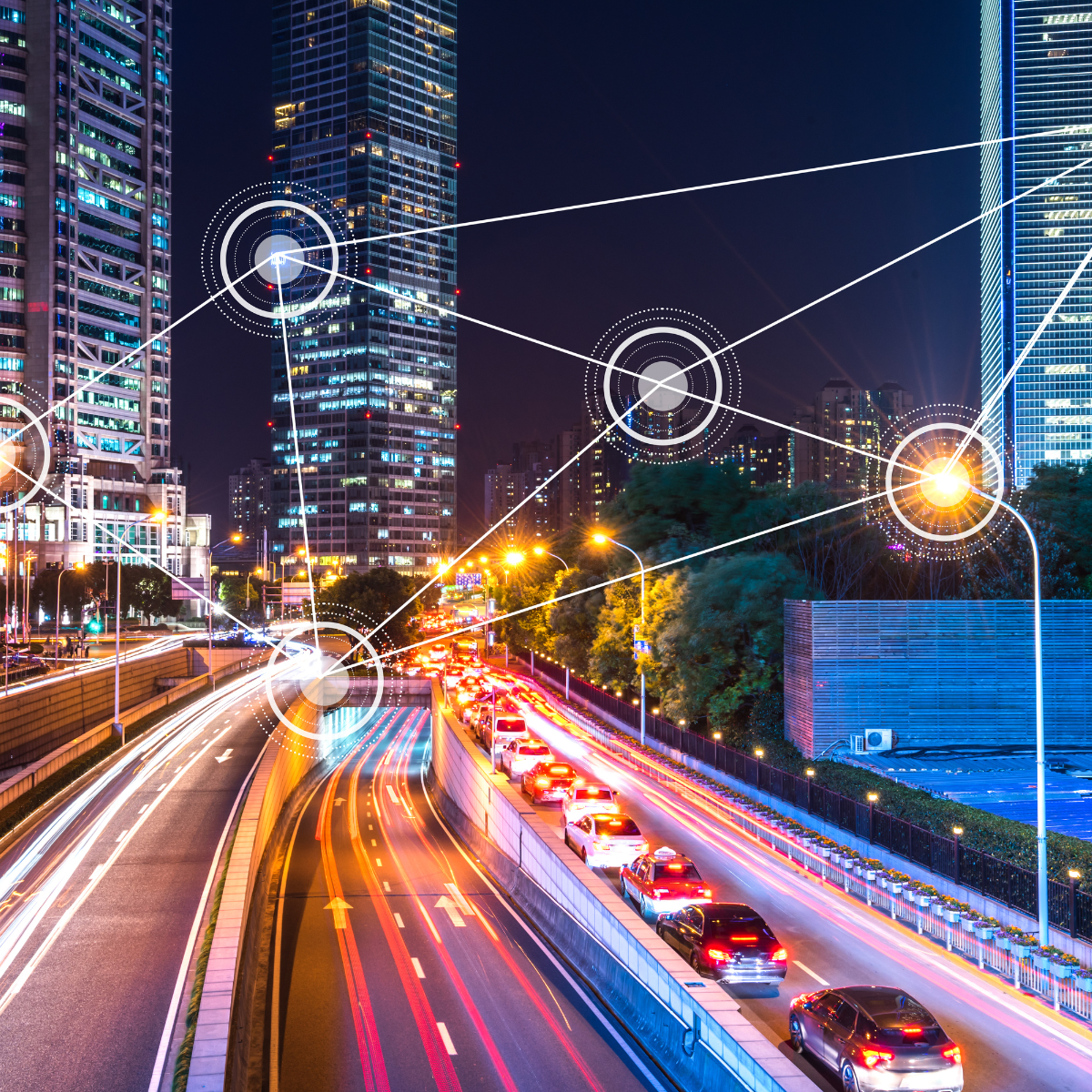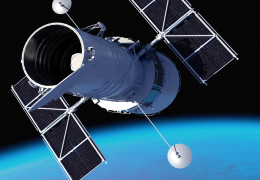In recent years, the term “Smart Cities” has become a significant topic of discussion in urban development, technology, and sustainability. As cities around the world face the challenges of rapid population growth, environmental concerns, and the need for more efficient infrastructure, smart cities are seen as the solution to create more sustainable, livable, and technologically advanced urban environments. This article will explore the concept of smart cities, the technologies driving them, the benefits they offer, and the challenges they face.
What Are Smart Cities?
A smart city is an urban area that uses digital technology, data, and advanced infrastructure to improve the quality of life for its residents, enhance sustainability, and optimize the efficiency of services and resources. These cities utilize smart technologies like the Internet of Things (IoT), data analytics, artificial intelligence (AI), and big data to monitor and manage everything from traffic to waste management, energy consumption, and public safety.

Smart city technology integrates IoT devices and data analytics to optimize urban living and sustainability.
The idea behind a smart city is to integrate technology into every aspect of urban life to make it more connected, efficient, and resilient. Smart cities are designed not only to meet the needs of their current residents but also to adapt to future challenges such as climate change, population growth, and urbanization.
Key Technologies Driving Smart Cities
Several technologies play a pivotal role in the development of smart cities. These innovations are transforming urban landscapes by improving infrastructure, increasing accessibility, and creating new ways for citizens to engage with their environment. Some of the key technologies include:
1. Internet of Things (IoT)
IoT devices are the backbone of smart cities. These interconnected devices, ranging from sensors to smart meters, collect and exchange data to optimize the operation of urban systems. For example, smart traffic lights can adjust in real-time based on traffic conditions, while sensors can monitor air quality, water usage, and energy consumption to ensure sustainable resource management.
2. Big Data and Analytics
Data is the fuel that powers smart cities. Cities generate massive amounts of data through sensors, cameras, and other connected devices. Big data analytics allows city officials to analyze this information to identify trends, predict future demands, and make informed decisions. By understanding patterns, city planners can improve transportation systems, enhance public services, and address issues like traffic congestion or pollution.
3. Artificial Intelligence (AI)
AI algorithms can process vast amounts of data to make intelligent decisions in real time. In a smart city, AI can be used in various ways, such as optimizing traffic flow, predicting energy consumption, or enhancing public safety through facial recognition or video analytics. AI is also employed in predictive maintenance, ensuring that infrastructure is repaired or upgraded before it fails, thereby preventing costly downtime and disruptions.
4. 5G Connectivity
The arrival of 5G networks will revolutionize smart cities by offering faster internet speeds, lower latency, and increased connectivity. 5G enables the seamless communication of billions of IoT devices, allowing for faster data transfer and real-time decision-making. With 5G, smart cities can offer more robust services like autonomous vehicles, remote healthcare, and more efficient public transportation.
5. Renewable Energy and Smart Grids
Energy management is a critical component of a smart city. Renewable energy sources, such as solar and wind power, are integrated into the city’s grid to reduce reliance on fossil fuels. Smart grids, which use digital technology to monitor and manage electricity distribution, help optimize energy use and ensure a more resilient power supply. These systems can automatically adjust energy flow based on real-time demand, reducing energy waste and lowering costs.
Benefits of Smart Cities
The development of smart cities offers numerous benefits for both residents and urban planners. These advantages extend across a range of areas, including sustainability, quality of life, economic growth, and public safety.
1. Improved Quality of Life
Smart cities aim to make urban living more comfortable, efficient, and convenient. Through technologies like smart healthcare, traffic management, and public services, citizens can enjoy a higher standard of living. For instance, smart transportation systems can reduce traffic congestion and travel times, while smart buildings can improve air quality and provide better living conditions.
2. Sustainability and Environmental Benefits
Sustainability is a core principle of smart cities. By integrating renewable energy sources, optimizing resource usage, and minimizing waste, smart cities contribute to environmental conservation. Smart waste management systems, for example, use sensors to track waste levels and optimize collection routes, reducing emissions and minimizing landfill waste.
Additionally, smart cities employ technologies like water management systems to reduce water wastage and ensure efficient usage, which is crucial in regions facing water scarcity.
3. Enhanced Public Safety
Public safety is another key focus of smart cities. Advanced surveillance systems powered by AI and IoT can monitor public spaces and detect potential security threats in real time. Predictive policing models can help law enforcement agencies allocate resources more effectively, leading to faster response times and a reduction in crime rates.
Smart lighting systems also contribute to safety by adjusting streetlight brightness based on pedestrian activity, ensuring well-lit public spaces without wasting energy.
4. Economic Growth and Job Creation
The development of smart cities stimulates economic growth by attracting businesses, investments, and skilled workers. The creation of a connected, efficient environment fosters innovation and entrepreneurship, while new industries related to technology, green energy, and urban infrastructure open up employment opportunities. Moreover, the implementation of smart technologies can make businesses more efficient, reducing operational costs and improving productivity.
Challenges of Building Smart Cities
Despite their numerous benefits, smart cities face several challenges that need to be addressed before they can become a widespread reality. Some of these challenges include:

Smart cities use AI-driven surveillance and real-time monitoring to enhance public safety and reduce crime.
1. Privacy and Security Concerns
With the increasing amount of data being collected in smart cities, privacy and security are major concerns. Personal data, including location information, health records, and behavior patterns, must be carefully protected to prevent unauthorized access and misuse. Ensuring that robust cybersecurity measures are in place is essential to safeguarding citizens’ privacy and maintaining trust in smart city initiatives.
2. High Costs and Infrastructure Investment
Building a smart city requires significant investment in technology, infrastructure, and urban planning. The cost of upgrading existing infrastructure and deploying new technologies can be prohibitively expensive for many cities, especially in developing countries. Governments and private sector partners need to collaborate on funding these projects, ensuring that the benefits outweigh the costs.
3. Digital Divide and Inclusivity
While smart cities promise increased convenience, there is a risk that they could exacerbate existing inequalities. Citizens who lack access to the necessary technology or digital literacy skills may be left behind. To create truly inclusive smart cities, efforts must be made to ensure that all residents, regardless of socioeconomic status, have equal access to the benefits of smart city technologies.
4. Regulatory and Governance Issues
The implementation of smart city technologies often involves complex regulatory frameworks, especially when it comes to data usage, infrastructure development, and public-private partnerships. Governments must establish clear policies and regulations that ensure the responsible and ethical deployment of smart technologies, while also fostering innovation and growth.
The Future of Smart Cities
As urban populations continue to grow, the need for smarter, more sustainable cities will only increase. The future of smart cities lies in the continued integration of cutting-edge technologies, collaboration between public and private sectors, and a focus on sustainability and inclusivity.
By overcoming the challenges and embracing innovation, smart cities have the potential to transform the way we live, work, and interact with our environments. With the right investments, policies, and vision, smart cities can become the foundation for a brighter, more connected future for urban living.
Conclusion
Smart cities represent the future of urban living, combining advanced technologies and data-driven solutions to address the challenges of modern cities. They offer a wide range of benefits, including improved quality of life, sustainability, economic growth, and enhanced public safety. However, the development of smart cities also presents challenges such as privacy concerns, high costs, and inclusivity issues. As cities continue to evolve and adapt to the demands of the 21st century, smart cities will play a crucial role in shaping a more connected, efficient, and sustainable world.
By leveraging the power of innovation, data, and technology, smart cities have the potential to create a better urban environment for generations to come.
You can read:






